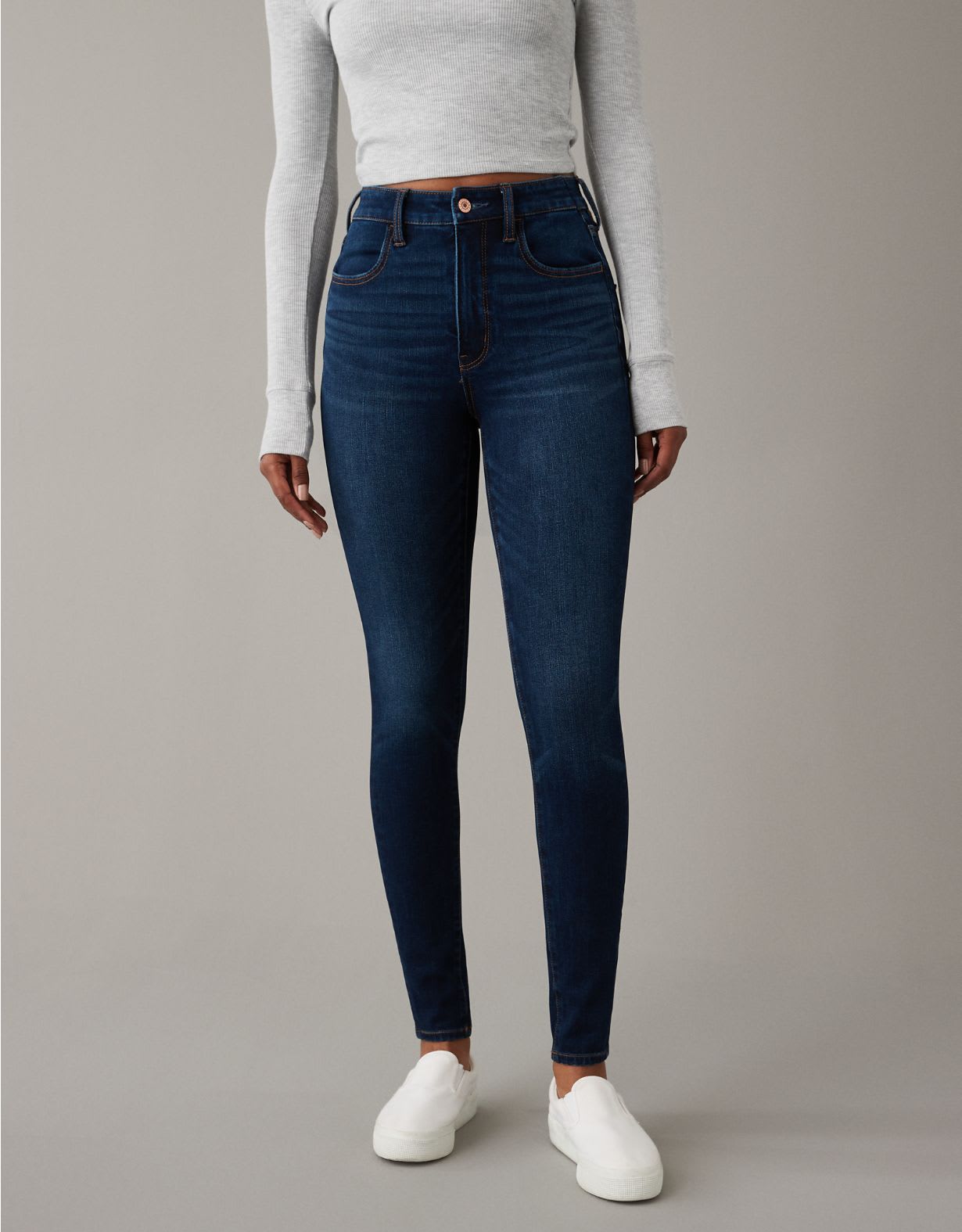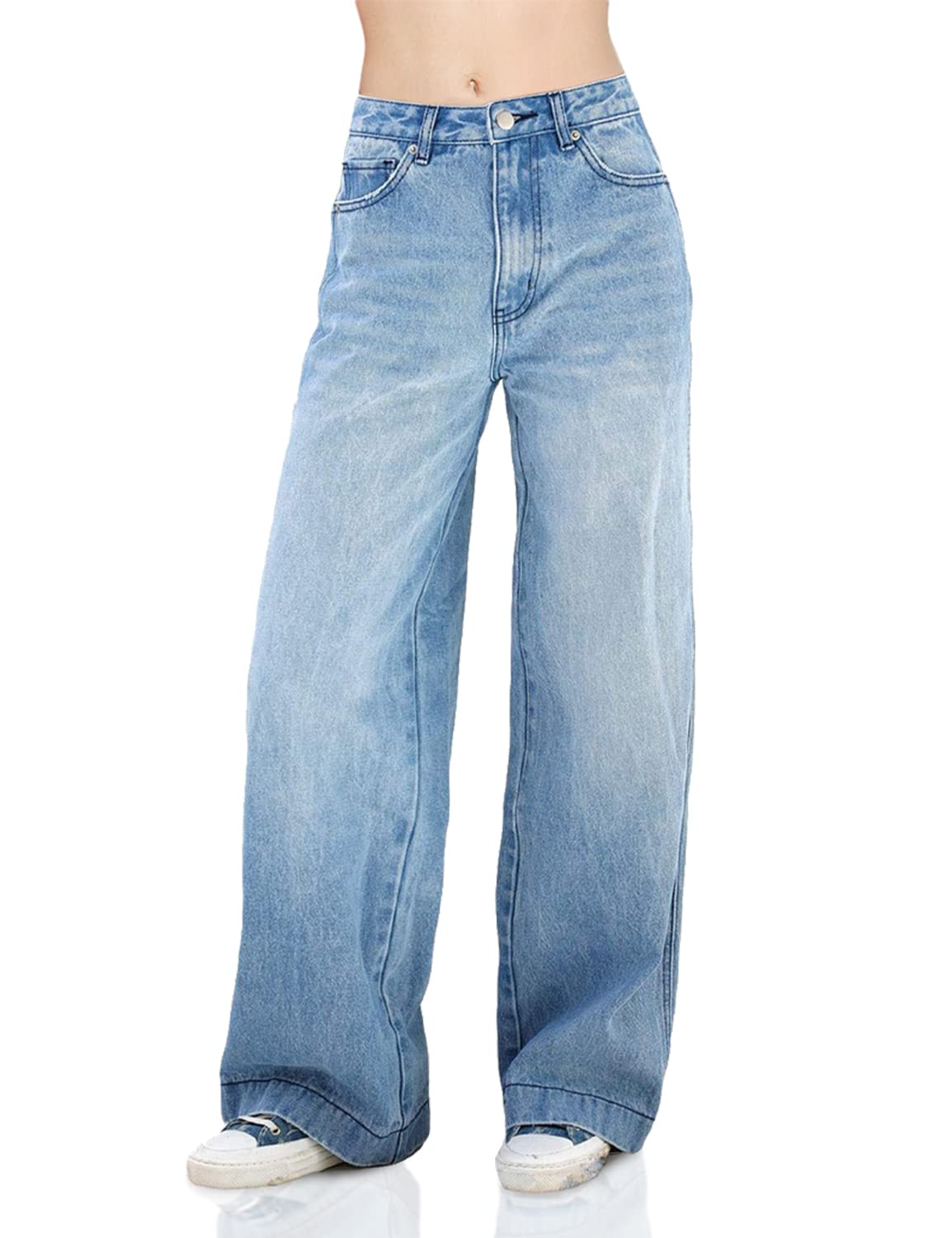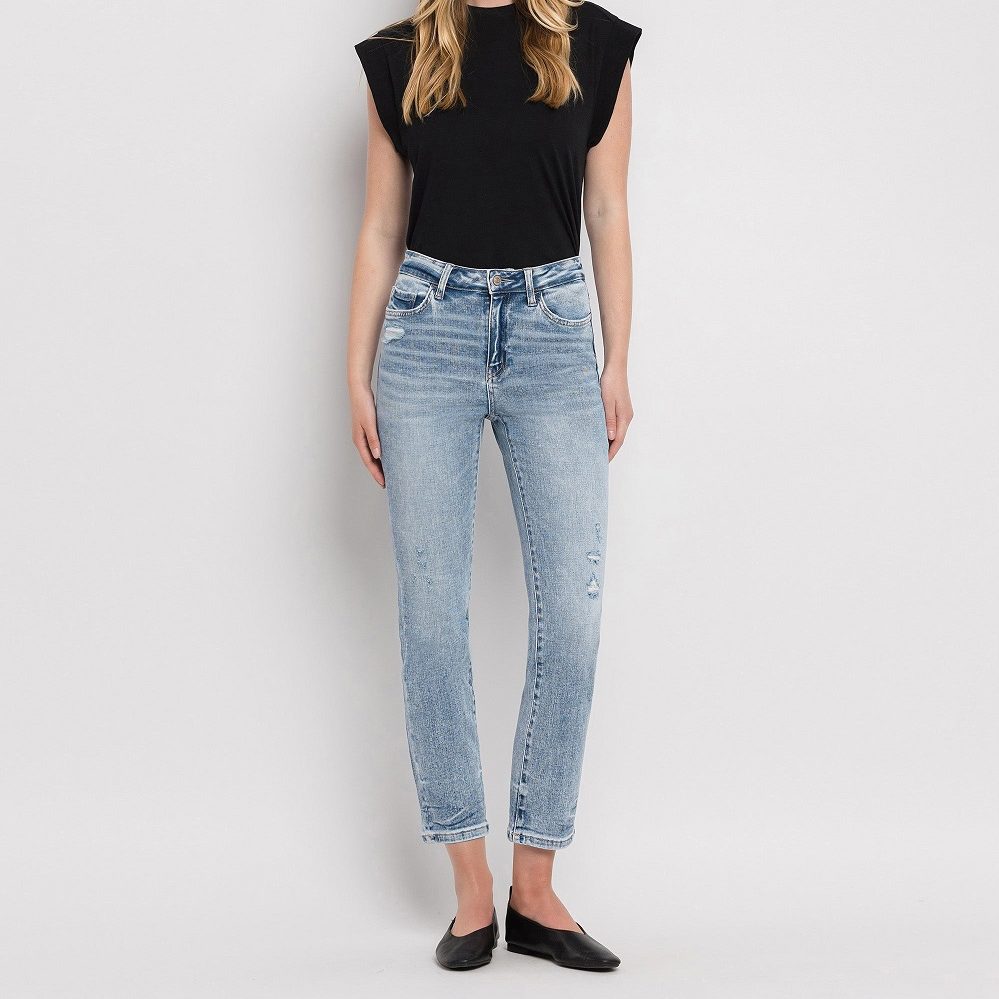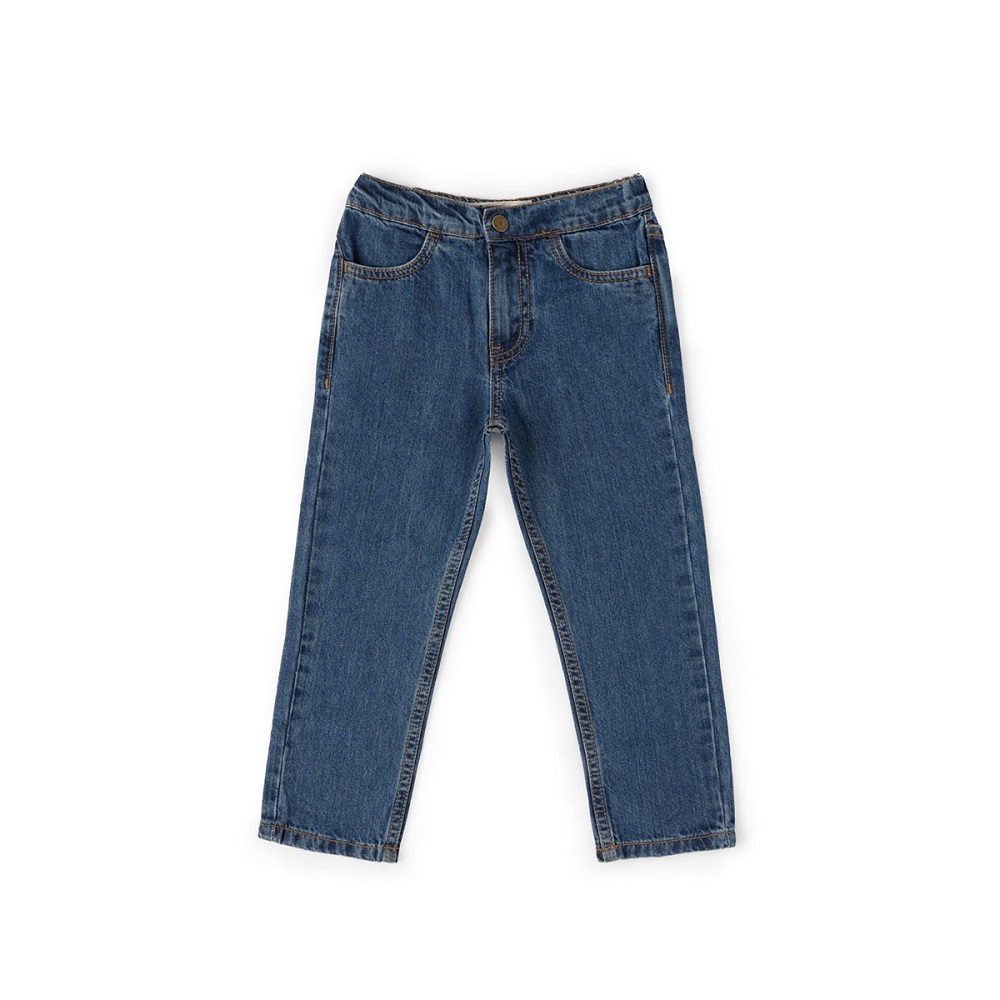How to draw jeans? Drawing jeans can be a fun and creative process, will provide you with detailed step-by-step instructions on how to draw a simple pair of jeans.

Step 1: Sketch the Outline Begin by drawing the basic shape of the jeans.
Start by sketching two slightly curved lines to represent the legs of the jeans. These lines should gradually taper inward as they extend downward. Then, connect the bottom ends of these lines with a gentle curve to form the hem of the jeans, creating the basic outline of the pant legs. Next, draw a horizontal line across the top to indicate the waistband.
Step 2: Add Details Now, it’s time to add some essential details to your jeans.
Draw two small rectangles on the backside of the jeans to represent the back pockets. Position these rectangles slightly below the waistband and evenly spaced from each other. Then, draw a curved line across the waistband to indicate the placement of the belt loops. You can draw several small circles along this line to represent the individual belt loops.
Step 3: Draw the Fly The fly is an important detail in jeans, so let’s add that next.
Draw a vertical line down the center of the front of the jeans, starting from the top of the waistband and extending down to the crotch area. This line represents the center seam of the fly. Next, draw a short diagonal line extending outward from the top of the fly on each side to create the classic “V” shape of the fly.
Step 4: Create Folds and Wrinkles To make the jeans look more realistic
It’s important to add folds and wrinkles to indicate how the fabric would bunch up when worn. Generally, you can add some curvature and irregularities around the knee area and near the crotch. Draw subtle, curved lines to represent these natural fabric creases, taking care to make them look organic and not overly uniform.
Step 5: Add Stitching Details One of the defining characteristics of jeans is the stitching detail.
To incorporate this into your drawing, carefully draw stitching lines along the outer seams of the pant legs, as well as around the pockets and the fly area. The stitching lines should follow the contours of the jeans and may include small, straight dashes or dots to represent the stitches.

Step 6: Shading and Highlights Shading adds depth and dimension to your drawing.
Use shading to create darker areas such as the folds and shadows, especially around the knee and crotch areas. Additionally, add highlights to areas that would catch light, like the top of the thighs and knees. This contrast between light and dark will give your drawing a three-dimensional appearance.
Step 7: Final Touches After adding all the essential details
Take a moment to review your drawing and make any necessary adjustments. Erase any unnecessary guidelines, refine any details that need adjustment, and ensure that the proportions and shapes look balanced and accurate. At this stage, you can also add additional details such as distressing, patches, or other embellishments to customize the look of your jeans.
How to Clean Women’s Jeans
Reading the Care Label:
Before cleaning your women’s jeans, it’s crucial to check the care label for specific instructions from the manufacturer. The care label provides valuable information regarding the recommended washing temperature, drying methods, and any special considerations for maintaining the fabric and color of the jeans. By following the care label instructions, you can ensure that your jeans are cleaned and cared for in a manner that preserves their quality and longevity.
Washing Machine vs. Hand Washing:
Women’s jeans can typically be cleaned using either a washing machine or by hand, depending on personal preference and the specific care instructions provided. When using a washing machine, it’s important to turn the jeans inside out to protect the outer surface and minimize color fading. Additionally, washing jeans in a mesh laundry bag can help prevent friction and damage during the wash cycle. If hand washing is preferred, fill a basin or sink with lukewarm water and a gentle detergent, then gently agitate the jeans before rinsing thoroughly.
Choosing the Right Detergent:
Selecting the appropriate detergent is crucial when cleaning women’s jeans. Opt for a mild and gentle detergent that is specifically formulated for cleaning denim or delicate fabrics. Harsh or abrasive detergents can cause color fading, fabric deterioration, and damage to the fibers of the jeans. Additionally, consider using a detergent that is designed to preserve dark colors to maintain the rich and deep hue of your jeans.

Water Temperature:
The ideal water temperature for cleaning women’s jeans is typically cold or lukewarm. Cold water helps prevent color bleeding and shrinkage while effectively removing dirt and stains from the fabric. Avoid using hot water, as it can cause denim to shrink and may lead to undesirable changes in the fit and shape of the jeans. When using a washing machine, select the appropriate water temperature according to the care label instructions.
Treating Stains:
In the event of stains on your women’s jeans, it’s important to address them promptly and effectively. For light stains, gently blot the affected area with a damp cloth or sponge and a small amount of mild detergent. For more stubborn stains, consider using a specialized stain remover that is safe for denim fabric. Always test a small, inconspicuous area of the jeans before applying any stain removal product to ensure compatibility with the fabric.
Avoiding Over-cleaning:
To preserve the color, shape, and quality of women’s jeans, it’s advisable to avoid over-cleaning. Frequent cleaning can lead to accelerated wear and tear, color fading, and a decrease in the lifespan of the jeans. Instead, aim to clean your jeans only when necessary, such as when they become visibly soiled or develop odors. Spot cleaning and airing out the jeans between wears can help extend the time between cleanings and keep them looking fresh.
Drying Methods:
After cleaning women’s jeans, it’s important to choose the appropriate drying method to maintain their shape and prevent damage. Whenever possible, air drying is the preferred method for jeans. Lay the jeans flat on a towel or drying rack, reshape them as needed, and allow them to air dry in a well-ventilated area away from direct sunlight and heat sources. Avoid using a clothes dryer, as the high heat and tumbling action can cause shrinkage, fading, and damage to the fabric.

Ironing and Steaming:
To remove wrinkles and creases from women’s jeans, ironing or steaming can be employed. However, it’s essential to use low to medium heat when ironing denim to avoid scorching or damaging the fabric. Turn the jeans inside out and use a pressing cloth to protect the outer surface while ironing. Alternatively, consider using a garment steamer to gently remove wrinkles from the denim without direct contact with a hot iron.
Storage and Maintenance:
Proper storage and maintenance play a significant role in preserving the quality and appearance of women’s jeans. When not in use, fold the jeans neatly to prevent creasing and store them in a cool, dry place away from direct sunlight. Avoid hanging jeans for extended periods, as this can lead to stretching and distortion of the fabric. Regularly inspect the jeans for any signs of wear, loose threads, or damage, and address any issues promptly to prevent further deterioration.
Professional Cleaning:
In some cases, professional dry cleaning may be recommended for women’s jeans, especially if they are embellished, have intricate details, or are made from delicate denim. Professional dry cleaners have the expertise and specialized equipment to clean and care for denim garments while minimizing the risk of damage or color loss. When considering professional cleaning, be sure to communicate any specific concerns or preferences regarding the treatment of your jeans.
Remember, practice makes perfect, so don’t be afraid to experiment with different styles and techniques when drawing jeans. Have fun with your drawing, and let your creativity shine!










